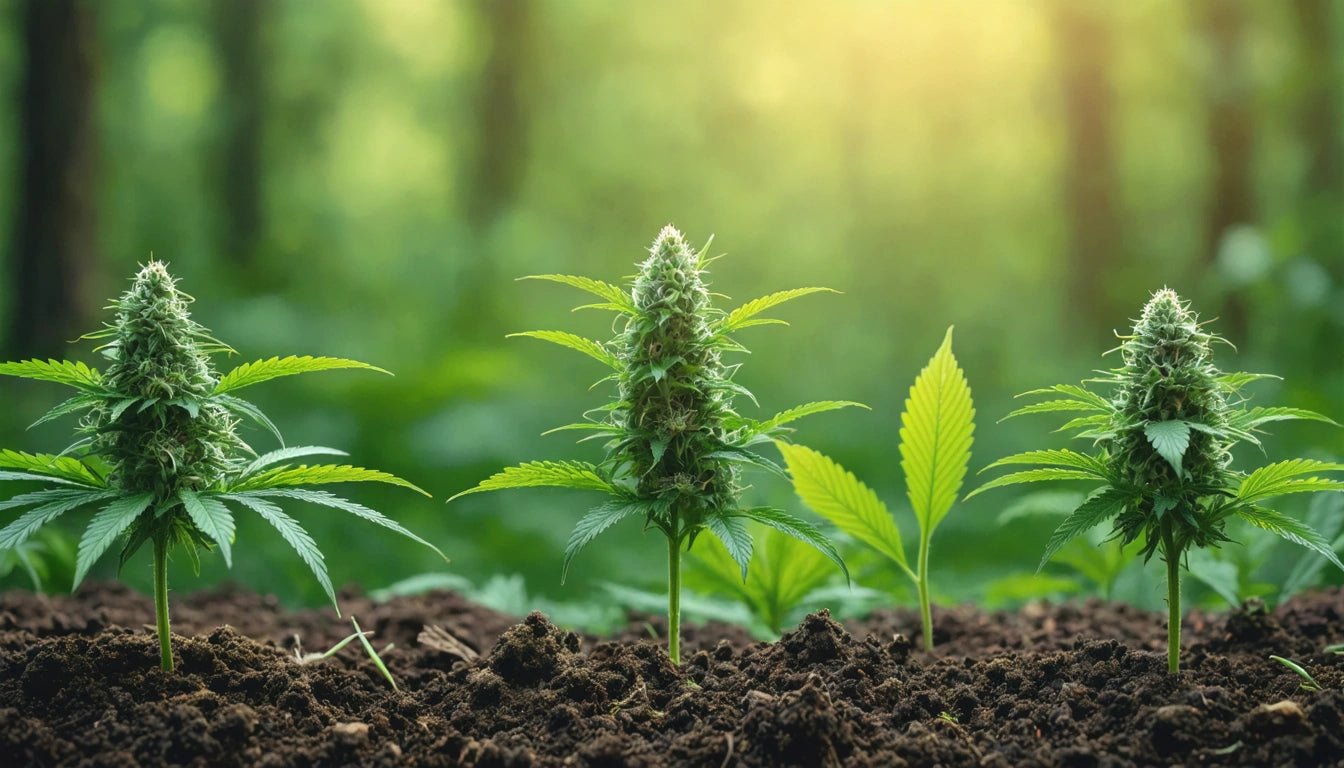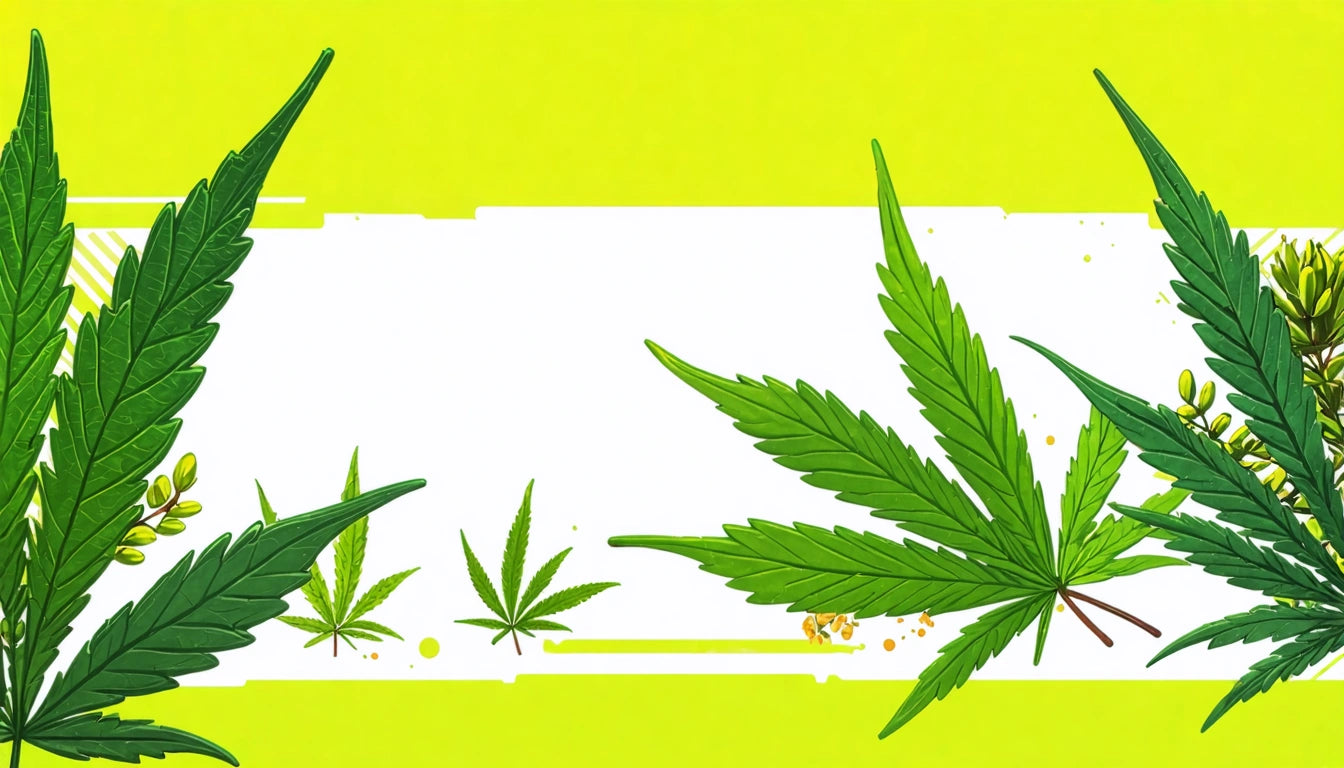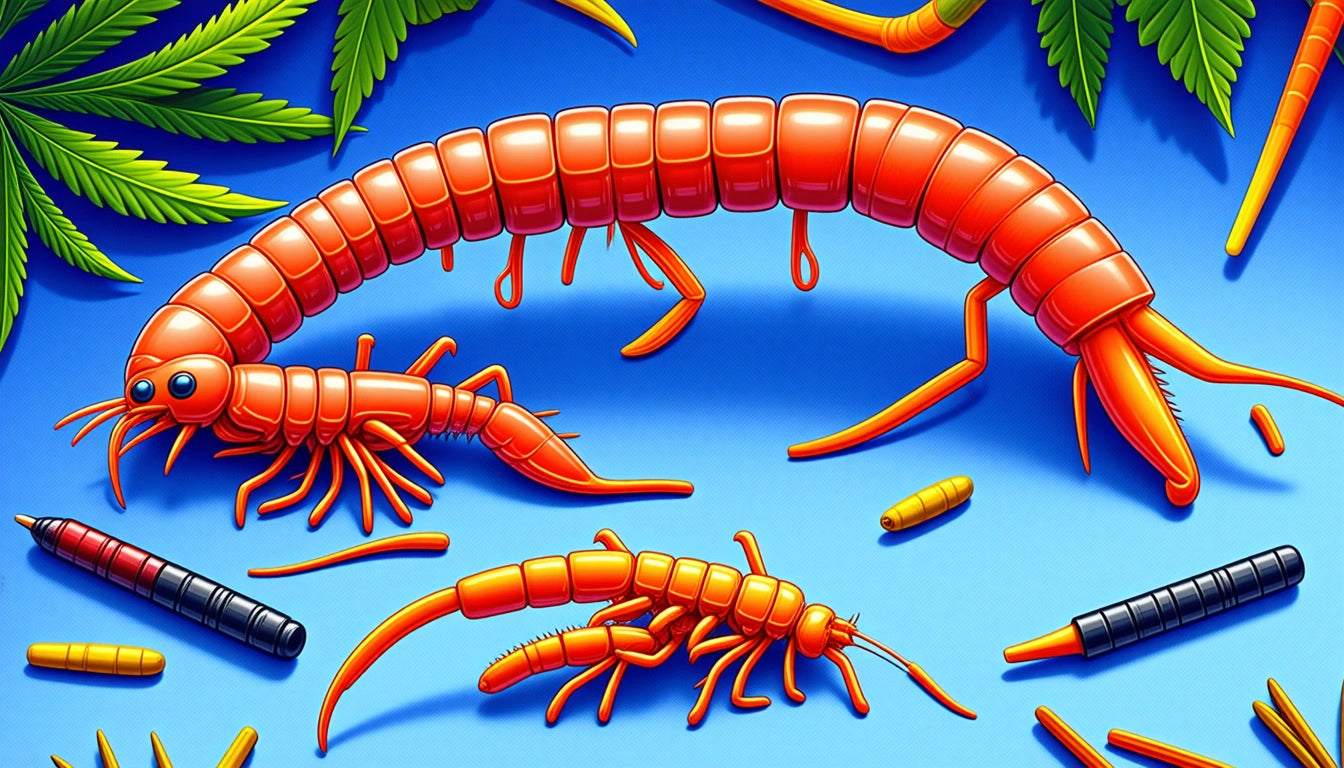Table of Contents
Understanding the Flowering Timeline of Cannabis Plants
The flowering stage represents a crucial period in the cannabis growth cycle, transforming vegetative plants into resin-rich, harvestable specimens. Understanding how long it takes for weed to flower is essential for cultivators aiming to maximize yields and potency. This comprehensive guide explores the cannabis flowering timeline, helping growers anticipate changes and optimize their cultivation practices.
Cannabis Flowering Basics: Understanding the Timeline
Cannabis flowering typically begins when the plant receives 12 hours of light and 12 hours of darkness daily. This photoperiod shift triggers hormonal changes that initiate flower production. According to our comprehensive growing guide, most cannabis plants complete their flowering cycle within 7-12 weeks, though this varies significantly by strain and growing conditions.
The flowering timeline can be divided into three primary phases:
- Early flowering (weeks 1-3): Stretching and pre-flower development
- Mid-flowering (weeks 3-6): Bud formation and trichome development
- Late flowering (weeks 6-12+): Bud ripening and terpene production
Factors Affecting Cannabis Flowering Duration
Several key factors influence how long cannabis takes to flower:
Genetics and Strain Type
Indica-dominant strains generally flower faster (7-9 weeks) than sativa-dominant varieties (10-16 weeks). Autoflowering strains, which don't rely on photoperiod changes, typically complete their entire life cycle in 10-12 weeks from seed.
Growing Environment
Temperature, humidity, and light quality significantly impact flowering duration. Optimal conditions include temperatures between 65-80 °F (18-26 °C) and relative humidity levels decreasing from 50% to 30% as flowering progresses.
Cultivation Techniques
Training methods like SCROG (Screen of Green) or topping can extend the vegetative phase but may result in more uniform flowering. Proper cultivation equipment for consistent feeding and watering can help maintain ideal conditions throughout the flowering period, reducing stress that might delay harvest.
Male vs. Female Cannabis: Distinct Flowering Timelines
Understanding how long male cannabis plants take to flower compared to females is crucial for breeding and cultivation planning.
Male cannabis plants typically show their sex 3-4 weeks after initiating the flowering light cycle, developing pollen sacs rather than buds. They complete their flowering process faster than females, usually within 4-5 weeks of showing sex. This early maturation allows them to release pollen when female plants are receptive.
Female plants, which produce the resin-rich buds prized by consumers, take longer to mature fully. As detailed in our guide on flowering duration, females require the full 7-12 week flowering period to develop dense, potent buds.
Strain-Specific Flowering Timelines
Different cannabis varieties exhibit unique flowering patterns:
- Indica-dominant strains: 7-9 weeks flowering time
- Sativa-dominant strains: 10-16 weeks flowering time
- Hybrid strains: 8-12 weeks, depending on dominant genetics
- Autoflowering strains: 5-7 weeks of flowering (10-12 weeks total from seed)
For growers concerned with efficiency, understanding indoor vs. outdoor growing timelines can help optimize production schedules.
The Flowering Stage Breakdown: Week by Week
Here's what to expect during each week of the cannabis flowering process:
Weeks 1-3: Stretch Phase
During the initial weeks after switching to a 12/12 light cycle, cannabis plants undergo significant vertical growth, often doubling in height. This period, known as the "stretch phase," sees the first appearance of pistils (white hairs) at bud sites.
Weeks 3-6: Bud Formation
The stretch slows as energy redirects to bud development. Flowers become more defined, and trichomes begin forming. Plants require careful monitoring of nutrients during this critical phase.
Weeks 6-8: Bud Maturation
Buds fatten and become denser while producing more trichomes and terpenes. Many indica and hybrid strains may be ready for harvest by the end of this period.
Weeks 8-12+: Final Ripening
Primarily relevant for sativa-dominant strains, this extended period allows for complete trichome maturation and terpene development. Monitoring trichome color (clear to cloudy to amber) helps determine the optimal harvest window.
For a detailed timeline from seed to consumption, our comprehensive guide provides week-by-week expectations.
Optimizing Your Cannabis Flowering Process
To achieve the best results during flowering:
- Maintain consistent light schedules without interruptions
- Adjust nutrient regimens to favor phosphorus and potassium over nitrogen
- Monitor and control humidity to prevent mold issues
- Provide adequate airflow and ventilation
- Consider CO2 supplementation for accelerated growth
The stretching period during early flowering is particularly important to manage. How long do weed plants stretch in flower? Typically, cannabis plants stretch for the first 2-3 weeks of flowering, sometimes increasing their height by 50-100%. Planning for this growth spurt is essential, especially in height-restricted indoor environments.
By understanding the complete flowering timeline and implementing proper techniques, cultivators can maximize both yield and quality in their cannabis gardens. Remember that patience during the final weeks often rewards growers with more potent, flavorful harvests.











Leave a comment
All comments are moderated before being published.
This site is protected by hCaptcha and the hCaptcha Privacy Policy and Terms of Service apply.